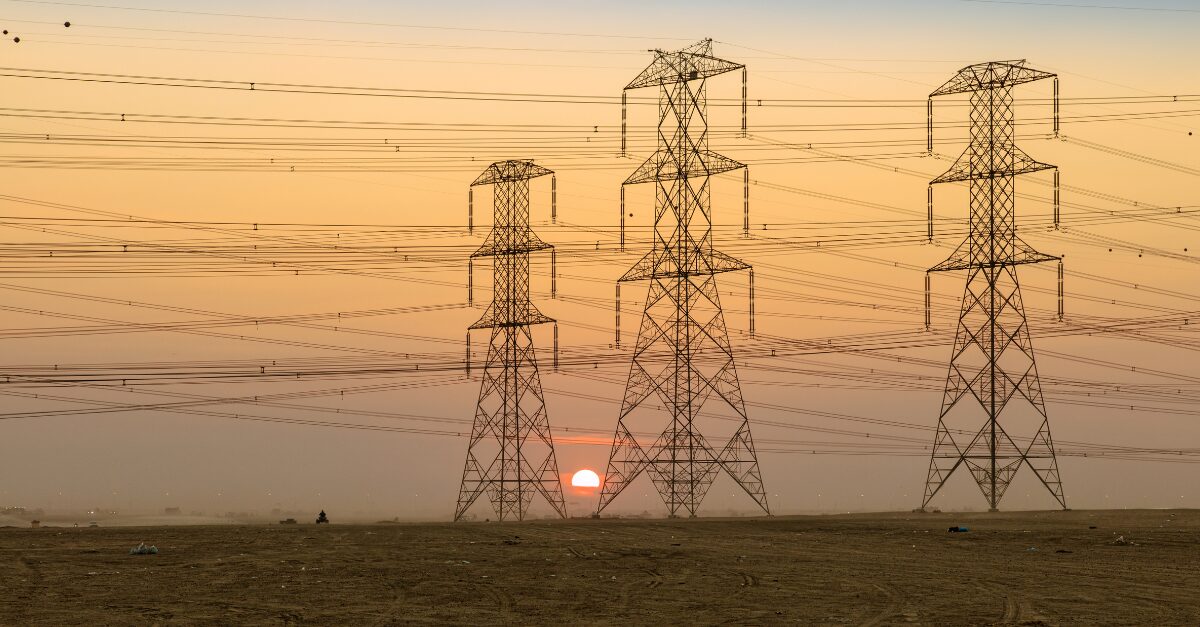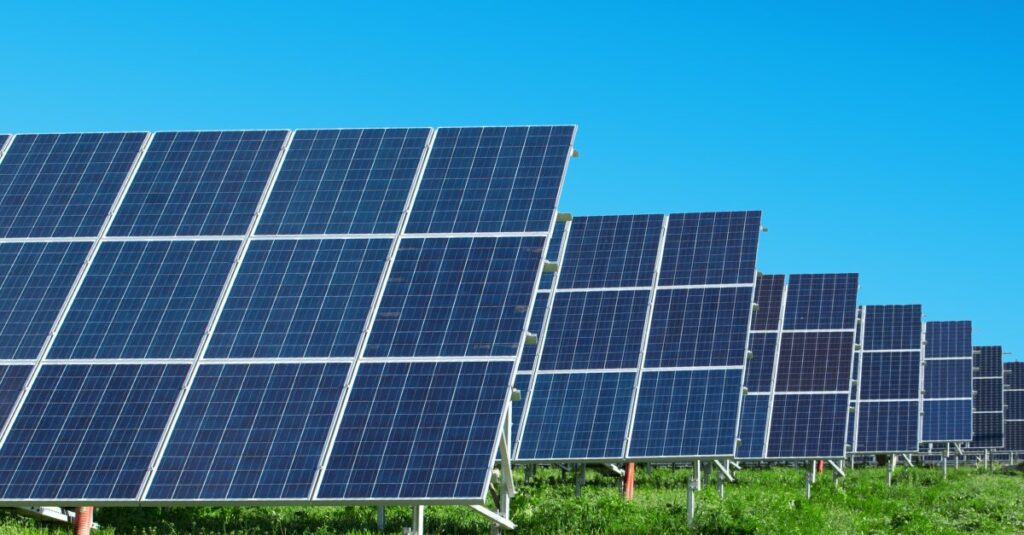
If you don’t spend your days poring over electricity prices, reading deep-dive analyses into Australia’s National Electricity Market (NEM) or chatting with your energy consultant about market forecasts, you can be forgiven for not knowing what Australia’s electricity spot market is.
But if you have a curious mind, and a five-minute coffee break, then this post will hopefully help to shed some light on the background workings of the east coast electricity market.
Electricity in the NEM is traded every five minutes between generators and retailers. The Australian Energy Market Operator (AEMO) plays the role of forecasting how much demand for electricity there’s going to be over a given five-minute interval, generators bid on how much energy they are willing to supply and at what price they are prepared to supply it.
This process of bidding (and re-bidding, which we’ll cover in more detail in a future article) plays a crucial role in setting wholesale electricity prices every five minutes. Starting with the lowest bid first, AEMO buys the energy and keeps filling demand until the required MWh are met than the final bid needed to meet demand, you miss out on that round.
Sounds simple right? But what's the catch?
Here’s the important part. Regardless of what price you bid to sell your energy for, everyone who AEMO buys energy from for that five-minute interval gets paid the same amount: the price of the highest accepted bid required to fill demand.

Put yourself in the mind of a modest solar farm owner. On this particular day in your life as a renewable energy generator the sun happens to be shinning bright, the sky is clear, and life is good. Your solar panels are doing their job turning sunlight into electrons and you’re ready to send 30MWh of energy straight to those big old city machines, farm-to-table style.
Luckily for you, the sun isn’t lining up to claim a share of the profits. Generating solar has practically no overheads, so you’re not too worried about what price you’re going to get for this energy. All you want is to be included in the final price paid. So you put your bid in low, let's say $1 per MWh, (we’ll also deep dive into negative bidding in another article) to guarantee that your bid will be selected and you will get to sell your energy to the grid.
AEMO, sitting there on the other side of the market fence, sees your great offer come through and snaps it up. But they don’t need just 30MWh of energy - they need 8000MWh of energy to fill this five-minute window. That means AEMO doesn’t stop with your offer, they need to keep on filling up the energy bucket from other bids in the market. Just like any bargain hunter shopping for a deal, AEMO always starts with the cheapest offer - but in most cases will need to top up the bucket with more expensive offers to meet demand.
Currently, around 30-50% of the NEM's energy demands are met with cheap-to-produce renewables, that typically bid their very lowest to ensure their energy is included in the five-minute slice. While it’s great that this cheap energy is there to be used, it’s rarely enough to meet demand on its own, and more expensive forms of generation are usually required.
The additional 50-70% is typically offered at a lot higher price than $1 per MWh, usually around the $60-$120 per MWh mark, with some exceptions for the midday solar price dip. This pushes the final electricity price - and, by extension, the electricity prices paid by retailers - much higher.
Aside from variable renewable energy (primarily wind and solar), there are currently two other main forms of electricity generation supplied to the grid:
Baseload Generation
Also referred to as “always-on”, the NEM’s primary form of baseload generation comes from coal fired plants. This energy is relatively cheap to produce, but isn’t very flexible in its ability to start or stop. Because generators are limited in their ability to change how much electricity is produced over a long period, they need to ensure that the electricity produced is consumed. This means coal generators typically follow the market price rather than setting it, wearing whatever price the market dictates. Understanding how these generation types interact is key for energy consultants and brokers working to secure competitive electricity prices for clients.
Quick-Start Generation
These generators have the ability to start producing electricity almost instantly to meet supply gaps. They include assets like gas, diesel, and hydro, which can be quite expensive to run. Because of this, they typically only participate when the economics make sense - most often during periods of high demand, when prices spike. When these assets kick in, it usually signals that energy prices will surge until demand drops and they can return to an inactive state.
You can watch this happening in real time on AEMO's Electricity Price And Demand chart
It’s this balance between the three main types of generation - variable renewable, baseload, and quick-start - that allows supply and demand economics to set the price every five minutes.
The market swings between:
Energy prices in the NEM fluctuate between a market floor of $-1,000/MWh and a cap of $17,500/MWh, increasing to $20,300/MWh on 1 July 2025.
Additionally, the Cumulative Price Threshold (CPT) will be adjusted to $1,823,600/MWh, commencing 1 July 2025. The CPT is the threshold over a seven-day period that, when exceeded, triggers an Administered Price Period to cap spot prices and maintain market stability.
During an Administered Price Period, an Administered Price Cap (APC) of $600/MWh is applied to spot prices. This measure is designed to protect consumers and maintain market stability during extended periods of high prices.
These adjustments are part of the Australian Energy Market Commission’s (AEMC's) ongoing efforts to balance the need for investment in generation and storage capacity with consumer price impacts, ensuring a reliable and efficient energy market.
Here’s the kicker: The spot market is the only place that energy can be bought in the NEM. So, retailers must purchase energy at whatever price the market sets to meet their supply requirements – no exceptions.
Retailers don’t know what the electricity price will be in five minutes — so how can they offer fixed rates years in advance? And if prices are changing every five minutes, why don’t you see that reflected on your energy bill?
The answer lies in hedging—a tool retailers use to protect themselves (and you) from price volatility in the spot market. It’s also where energy consultants and energy brokers come in, helping businesses navigate wholesale markets and make smarter energy procurement decisions.
We’ll dive deeper into how hedging works—and why limiting end-user exposure to the spot market is so important—in Part Two of this series.
In the meantime, if you'd like to understand more about the NEM or discuss your energy strategy, our team is here to help—get in touch with our expert energy consultants.
Australia’s Carbon Market: What Matters for C&I Energy Strategy in 2026
November 28, 2025
Energy Consultants: How the Best Reduce Risk for Your Business
November 26, 2025
Explore our monthly market wraps for a comprehensive outlook on the Australian energy market, and start making smarter energy decisions.